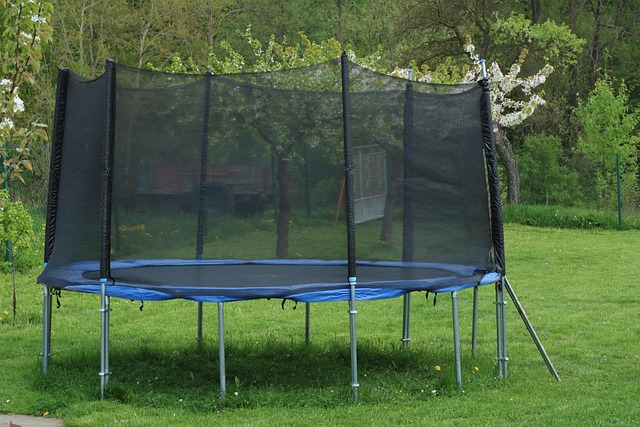
Few backyard additions bring as much joy and energy as a trampoline. It’s a magnet for kids, a workout tool for adults, and a source of laughter for families. Yet, behind all that fun lies a serious responsibility: making sure the trampoline is installed, maintained, and used safely. A well-placed and properly maintained trampoline can provide years of safe enjoyment, while an overlooked setup can quickly become a hazard.
Choose the Right Location
Start by selecting a flat, level area with good clearance on all sides. The trampoline should sit on soft ground, such as grass or a safety mat—never concrete or asphalt. Leave at least eight feet of open space around the frame and ensure no low tree branches or power lines hang overhead. Good drainage is also key; a soggy or uneven base can cause instability or premature rusting of the frame.
Mind the Foundation and Anchoring
A stable trampoline begins at the ground level. Even a slight slope can cause uneven stress on the springs and frame. Use a carpenter’s level to check before assembling. Once in place, secure the trampoline with proper anchors or ground stakes, especially in areas prone to high winds. It’s not uncommon for an unsecured trampoline to travel several yards during a storm.
Inspect Before Every Season
A quick inspection can prevent injuries and extend the life of your trampoline. Look for stretched or missing springs, torn mats, loose bolts, and frayed netting. Any rust on the frame should be cleaned and repainted with a rust-resistant coating. Replace damaged parts immediately—temporary fixes with rope, tape, or bungee cords are not safe solutions.
Safety Enclosures and Padding Matter
Modern trampolines typically include safety enclosures, but not all are created equal. Ensure the netting fully encloses the jumping surface and attaches tightly to the frame. Padding should cover all springs and metal edges completely. Over time, UV exposure can cause materials to degrade, so replace faded or brittle padding before it loses effectiveness.
Establish Clear Rules for Use
The safest trampoline is one that’s used responsibly. Limit jumping to one person at a time, regardless of size or skill level. Somersaults and flips are best left to trained athletes with proper supervision. Children under six should be closely monitored or discouraged from using full-size trampolines altogether. Footwear, jewelry, and sharp objects should stay off the trampoline surface.
Keep an Eye on Weather and Age
Weather plays a major role in trampoline safety. Remove debris like wet leaves or snow before use, and never allow jumping on a slippery surface. As your trampoline ages, materials naturally wear down. A well-maintained trampoline can last for years, but when repairs become frequent, it’s time to replace it.
A backyard trampoline can be a highlight of outdoor living—if it’s treated with the same attention you’d give any structure on your property. A few mindful steps today can keep your family’s fun both high-flying and hazard-free for seasons to come.

Recent Comments